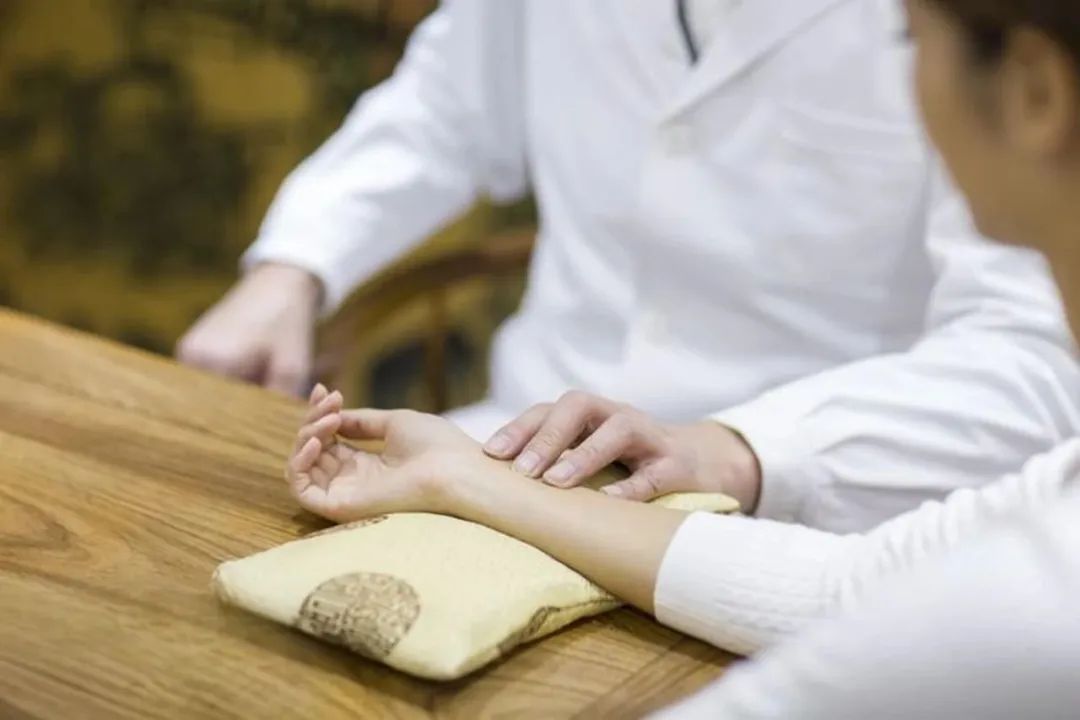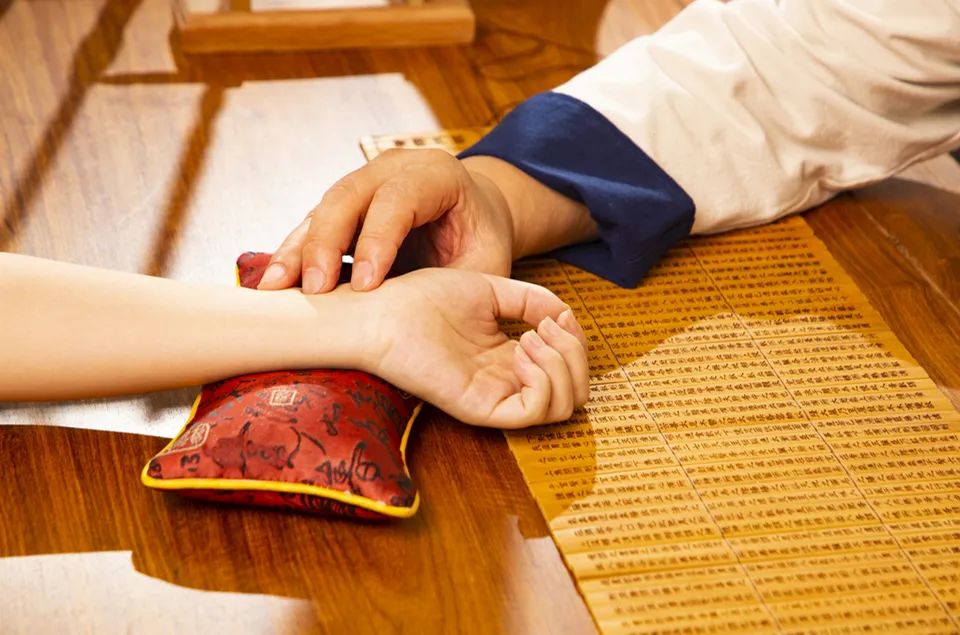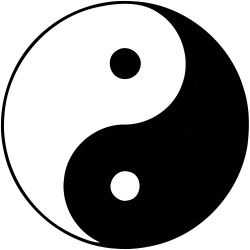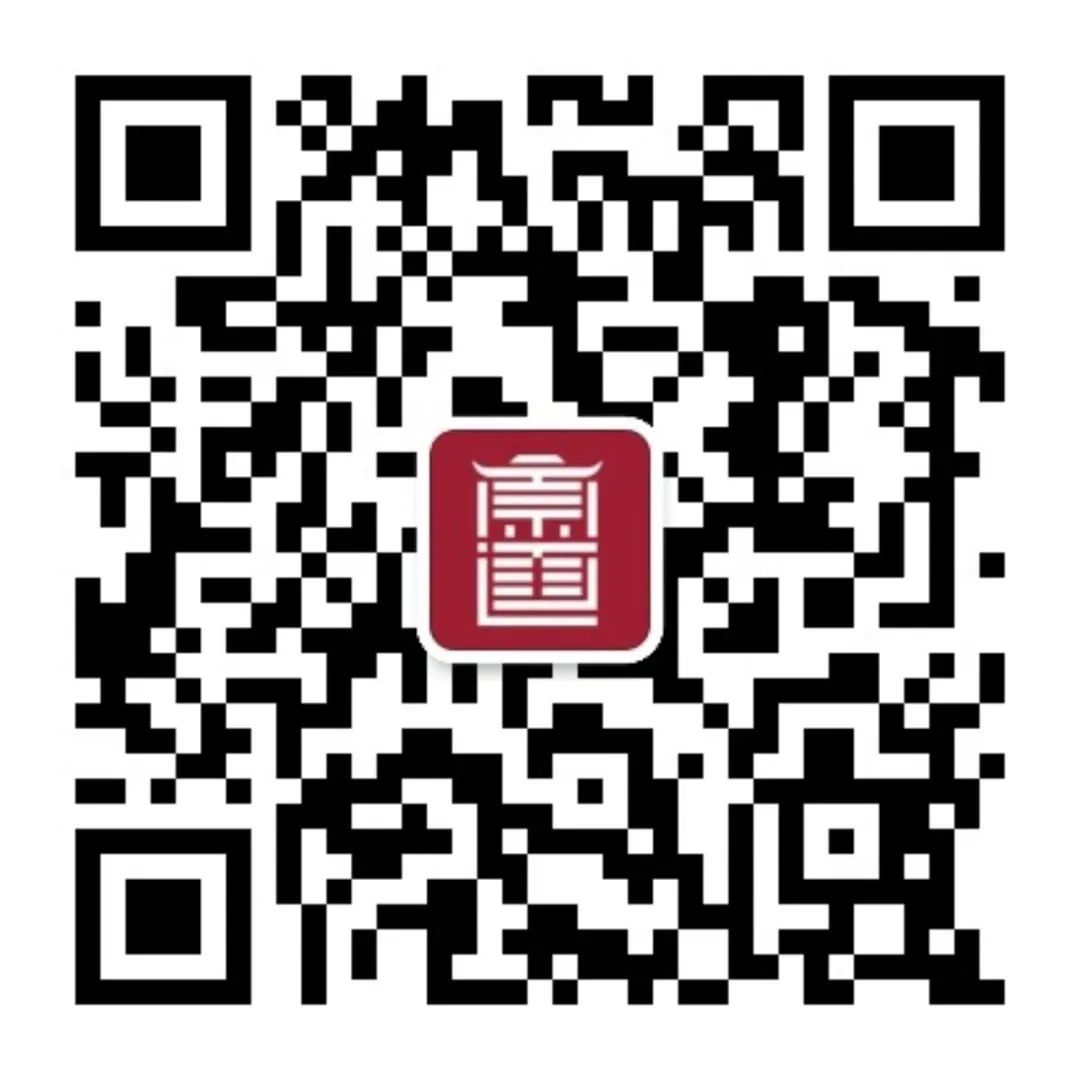
Friends who have seen a Traditional Chinese Medicine (TCM) practitioner know that TCM diagnosis emphasizes the four examinations: “observation, listening, inquiry, and pulse diagnosis”.
Among these, the most “mysterious” is pulse diagnosis, where the doctor’s hand rests on our wrist, seemingly revealing the current state of our body.
Master TCM physician Li Shimao believes that pulse diagnosis is the soul of the syndrome differentiation and treatment system, with pulse diagnosis being the foremost among the four examinations, accounting for 50% to 90% of the diagnostic weight.
1. What Can Pulse Diagnosis “Discover”?

TCM believes that the pulse condition (the state of the pulse) can reflect the level and flow of Qi and blood in corresponding parts of the body.
Generally speaking, when Qi and blood are sufficient, the pulse is strong and smooth; when Qi and blood are insufficient, the pulse is weak or soft; Qi stagnation and blood stasis can lead to a choppy pulse.
Therefore, through accurate pulse diagnosis, more information can be provided for syndrome differentiation, allowing the practitioner to administer treatment more accurately.
2. What Can Be Felt Through Pulse Diagnosis?

In TCM, pulse diagnosis is not simply about pressing and counting the pulse rate!
Practitioners typically use the index, middle, and ring fingers of either hand to feel the pulse. When feeling the pulse, the middle finger is first placed on the inner side of the wrist at the prominent bone, where the arterial pulse can be felt; this is called the “Dingguan” (定关).
Then, the index and ring fingers are placed in succession, corresponding to the “Cun” (寸), “Guan” (关), and “Chi” (尺) positions.
One can experiment on friends nearby; generally, a normal pulse gives a feeling of “fullness, richness, and calmness”.
During the few minutes of pulse diagnosis, various indicators such as “pulse position”, “strength”, “pulse rate”, “slippery”, and “choppy” are all assessed.
These indicators can comprehensively reflect our health status.
TCM categorizes pulses into twenty to thirty types; here we will briefly introduce a few common pulse types:
1. Finger Pressure Determines “Floating or Sinking”
During pulse diagnosis, the pressure of the fingers varies from light to heavy to find the most prominent pulse point, determining whether the pulse is “floating” (浮脉) or “sinking” (沉脉).
Floating pulse:Light pressure reveals it, heavy pressure does not; it floats like wood on water. A strong floating pulse often indicates wind-heat, while a weak floating pulse suggests blood deficiency.
Sinking pulse:Requires heavy pressure to reveal; like a stone sinking in water. A strong sinking pulse indicates cold pain, while a weak sinking pulse suggests deficiency-cold.
2. Counting the “Pulse Rate” Calmly
Practitioners maintain a calm and even breath during pulse diagnosis, counting the pulse rate between breaths; normally, it beats about four times, which can roughly estimate the patient’s pulse rate.
Specifically, a pulse rate exceeding 90 beats per minute is considered rapid, while less than 60 beats per minute is considered slow.
Rapid pulse indicates heat, and organ function may be in a hyperactive state; slow pulse indicates cold, and organ function may be suppressed or declining.
However, this is not absolute; those engaged in heavy physical labor may have a pulse rate exceeding 60 beats per minute.
Slow pulse:When the pulse is slow, it beats three times per breath; a very slow pulse should be noted. A slow pulse indicates organ disease or excess cold, requiring careful study between deficiency and excess.
Rapid pulse:When the pulse is rapid, it beats six to eight times per breath; a rapid pulse should be noted. Floating, sinking, deficiency, and excess must be distinguished, as the treatment for deficiency and excess differs.
3. Finger Technique Measures “Thickness”
Gently pressing the pulse with the fingers can sense its thickness.
Our pulse vessels are like rivers; when the water is sufficient, the river is full; when the water is low, the flow is thin; when the river is overflowing, it spills over.
Excessively thin pulses, either soft like hair or hard like steel, are often seen in patients with yin-blood deficiency.
If the pulse is excessively thick or wide, with unclear boundaries, it usually indicates a strong presence of pathogenic factors in the body, most commonly dampness.
Thin pulse:A thin pulse is as fine as a thread; when pressed, it is extremely fine and continuous. Overwork and blood deficiency often lead to this pulse, as does dampness stagnation.
4. Pressure Observes “Deficiency or Excess”
By placing the hand on the pulse, one can feel its strength, which mainly reflects the level of Yang Qi in the body.
When Qi is abundant, the pulse is strong; when Qi is deficient, the pulse is weak; however, an excessively strong pulse often indicates internal heat or pathogenic factors stirring Qi and blood.
Deficient pulse:A deficient pulse is weak and soft, floating and large without root. A deficient pulse with body heat indicates heat stroke, while Qi deficiency leads to weakness.
Excess pulse:An excess pulse is large and long, with the strongest strength. An excess pulse indicates strong pathogenic factors in new illnesses, while in chronic illnesses, it indicates potential disaster.
In addition to the above information, practitioners also investigate the flow state of Qi and blood within the pulse to discover pulses such as “string-like” (弦), “slippery” (滑), “choppy” (涩), and “soft” (濡) for further judgment of diseases.
So, despite the small distance of just three fingers, doctors can gather a wealth of information!
When combined with observation, inquiry, and listening methods, guided by a holistic view, your personal condition can indeed be “seen through” by the doctor!
Appendix: Other Pulse Rhymes:
Slippery Pulse
Slippery pulse is hard to guess, like pearls rolling under the fingers,
Fullness of food and phlegm heat in the chest, a woman’s pulse should show signs of pregnancy.
Choppy Pulse
Choppy pulse resembles bamboo scraping, fine, slow, and short, seeming to want to stop,
Blood deficiency and dryness, Qi stagnation, women not pregnant or without menstruation.
Flooding Pulse
Flooding pulse is like waves, though it comes strong, it leaves calmly,
Flooding indicates strong pathogenic factors, and treating fullness in the stomach is quite difficult.
Weak Pulse
Weak pulse is like silk, pressing feels like nothing, wanting to stop but not stopping,
Excessive labor leads to various deficiency diseases, sudden illnesses are hard to treat.
Tight Pulse
Tight pulse is like a rope, tense and quick, pressing feels like a string,
Cold injuries indicate internal and external pain, floating and sinking must be clear.
Slow Pulse
Slow pulse is four beats, calm and gentle is considered normal,
May be due to spleen deficiency or wind-damp diseases, whether it is a disease or not requires careful evaluation.
Soft Pulse
Soft pulse is floating, gentle, and fine, like cotton floating on water,
Seen in postpartum diseases, normal people need not worry.
Weak Pulse
Weak pulse is soft and fine, like cotton in water,
Yang Qi is weak, essence and blood are deficient, elderly can still be strong.
Long Pulse
Long pulse is long and distant, pressing feels soft is precious,
Long indicates strong heart and kidney roots, long and hard indicates fire’s fault.
Short Pulse
Short pulse is short and retracted, like a turtle, hiding head and tail in the pulse,
Short indicates various diseases are hard to treat, due to true Yuan Qi being deficient.
Empty Pulse
Empty pulse is soft in the middle, pressing feels soft like scallions,
Fire invades Yang channels, blood overflows, heat injures Yin vessels.
String-like Pulse
String-like pulse is straight and taut, like a string on a musical instrument,
String-like indicates liver and gallbladder phlegm and pain, with light and heavy distinctions.
Scattered Pulse
Scattered pulse is floating and chaotic, gradually disappearing under pressure,
Seen in childbirth, signs of miscarriage, long-term illness leads to soul wanting to break.
Hidden Pulse
Hidden pulse requires careful searching, pressing feels like touching bones,
Qi stagnation, cold condensation, food stagnation leads to vomiting without relief.
Arterial Pulse
Arterial pulse beats at the joints, with no head or tail, round like a bean,
Arterial pulse indicates pain and fright, and in the lesser yin, it is very active.
Leather-like Pulse
Leather-like pulse is floating and tense, resembling pressing on a drum skin,
Women may experience postpartum bleeding, men may have nutrient deficiency or nocturnal emissions.
Firm Pulse
Firm pulse is heavy and strong, firm and long,
Indicates internal accumulation, cold hernia pain, and phlegm causing disaster.
Rapid Pulse
Rapid pulse is hasty and urgent, beating seven to eight times per breath,
Excessive Yang without restraint leads to true Yin exhaustion, wheezing and hoarseness indicate danger.


•2023 Year of the Water Rabbit, Detailed Analysis of the Zodiac Fortune! Come see how your Year of the Rabbit fortune is!
•TCM: Just two herbs can easily conquer years of gout!
•Daoist secret transmission, a divine guide technique specifically for kidney deficiency, back pain, and leg pain!
•TCM: The secret contained in “closing the eyes and nurturing the spirit”!
•TCM: Most people have poor liver health, and the root cause is actually here!
•Body aches, mental fatigue, and difficulty breathing are all due to Qi deficiency; a famous TCM formula can treat it!
•TCM: When Yang Qi is deficient, all diseases arise; protecting and warming Yang is the path to health!
•TCM Health: Heart, liver, spleen, lungs, and kidneys have their maintenance secrets!
•Five types of diseases are most suitable for TCM; don’t randomly seek treatment anymore!





